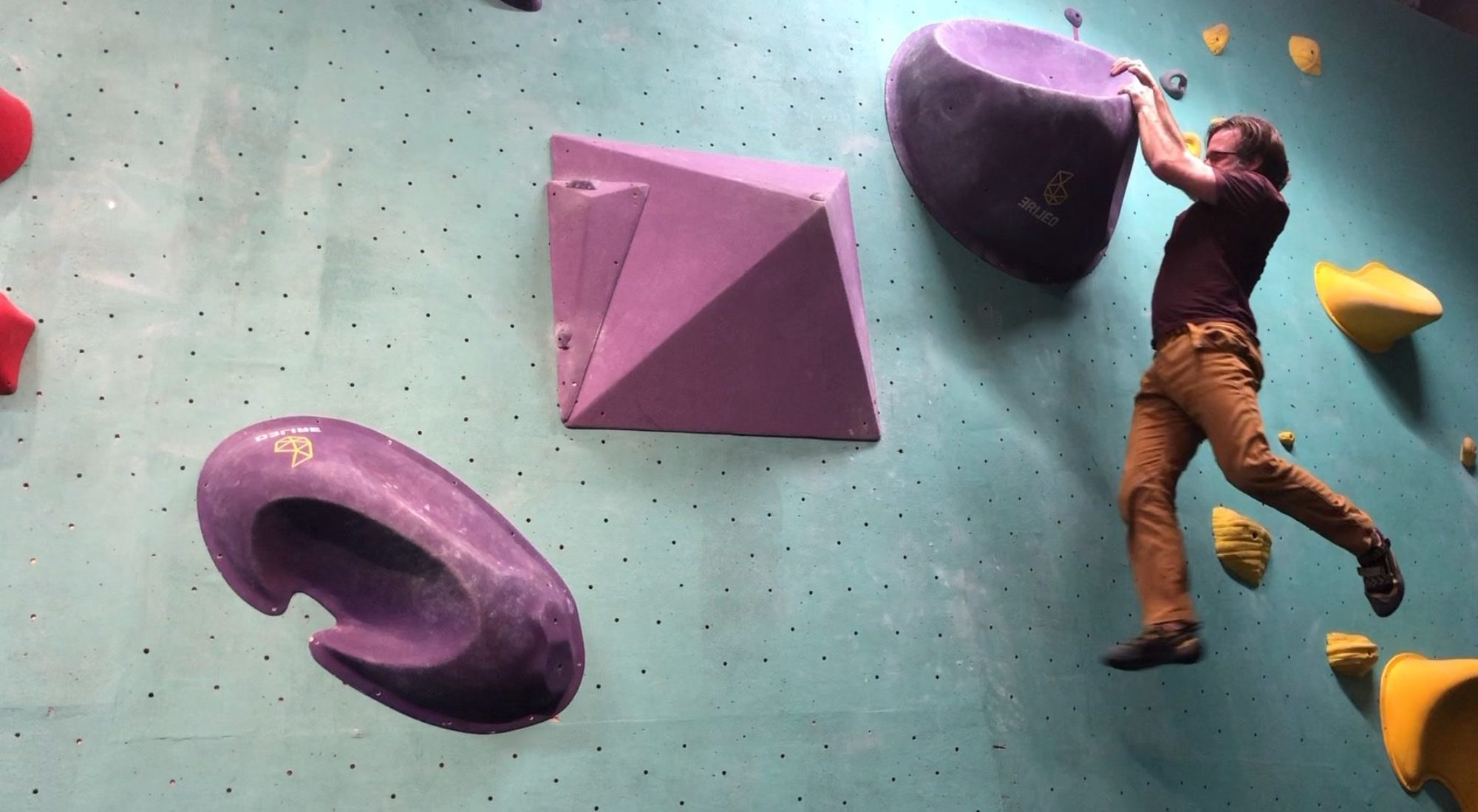I originally wrote this article in 2011.
Since then, I have grown in knowledge and understanding of the human body, the underlying movement dysfunctions that cause plantar fasciitis, as well as therapeutic movement interventions that can help relieve and prevent plantar fasciitis.
What is Plantar Fasciitis
Symptoms of Plantar Fasciitis?
Plantar fasciitis develops gradually and commonly starts as a dull, intermittent pain in the heel, mid-sole, or near the toes. The pain is worse early in the morning and tends to ease up once you move around a bit. When untreated plantar fasciitis can progress to a sharp or stabbing pain. It may hurt when climbing stairs or after standing for long periods of time. It is common for someone with plantar fasciitis to also suffer from knee pain. Plantar fasciitis can become a chronic condition that plagues people for years, with millions of dollars spent on plantar fasciitis treatment. Plantar fasciitis is caused by stress to the soft tissue that supports the arch of the foot. It is possible to develop plantar fasciitis from an acute injury, although it is far more commonly a result of repetitive trauma to the foot from walking or running with poor gait mechanics. The arch of the foot acts like a shock-absorbing spring. With proper walking or running mechanics, the arch absorbs and releases the impact of each step, preventing damage to the knees and hips. The problem that most people have is that they heel strike, a dysfunctional gait pattern developed due to previous injury or poor shoe selection. When you heel strike, you bypass the natural spring of the arch, and the impact of each step is driven through your heel. This causes an ongoing series of micro traumas directly to the heel — where the plantar fascia attaches — and through the soft tissue of the knee and hip. The repeated stress and strain from each step you take can cause tiny tears in the ligaments and tendons and build restriction in the calf muscles.
The arch of the foot acts like a shock-absorbing spring. With proper walking or running mechanics, the arch absorbs and releases the impact of each step, preventing damage to the knees and hips. The problem that most people have is that they heel strike, a dysfunctional gait pattern developed due to previous injury or poor shoe selection. When you heel strike, you bypass the natural spring of the arch, and the impact of each step is driven through your heel. This causes an ongoing series of micro traumas directly to the heel — where the plantar fascia attaches — and through the soft tissue of the knee and hip. The repeated stress and strain from each step you take can cause tiny tears in the ligaments and tendons and build restriction in the calf muscles.
Overweight individuals are more at risk of developing plantar fasciitis due to the excess weight impacting on the foot.
Plantar Fasciitis Treatment

There is no one single plantar fasciitis treatment that works for everybody. I have had great success using a few different treatments together. I see the best results — by far — with the combination of a NeuroKinetic Therapy movement assessment and deep tissue massage therapy followed with a personalized exercise program. On average it takes three or four sessions for a client to be pain free. When my clients do self massage using a foam roller, flexibility and corrective exercise, and buy different shoes, they generally are able to get back into the activities they love within a matter of weeks. If you do not have access to a skilled Movement Therapist or deep tissue massage therapist, you can utilize the following self help tools for plantar fasciitis treatment, although it may take a few weeks longer to get to 100%.
This is the foam roller I recommend: The Grid by Trigger Point Therapy. This is an affiliate link. If you click it and make a purchase, The Art of Fitness will receive a small commission. These commissions help support TAO-Fit to continue producing life-changing content. Thank you for your support.













